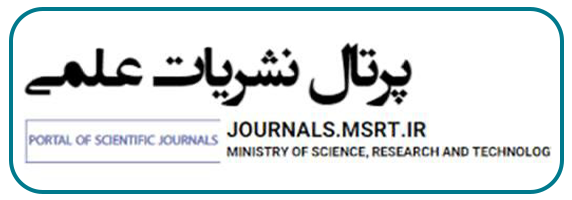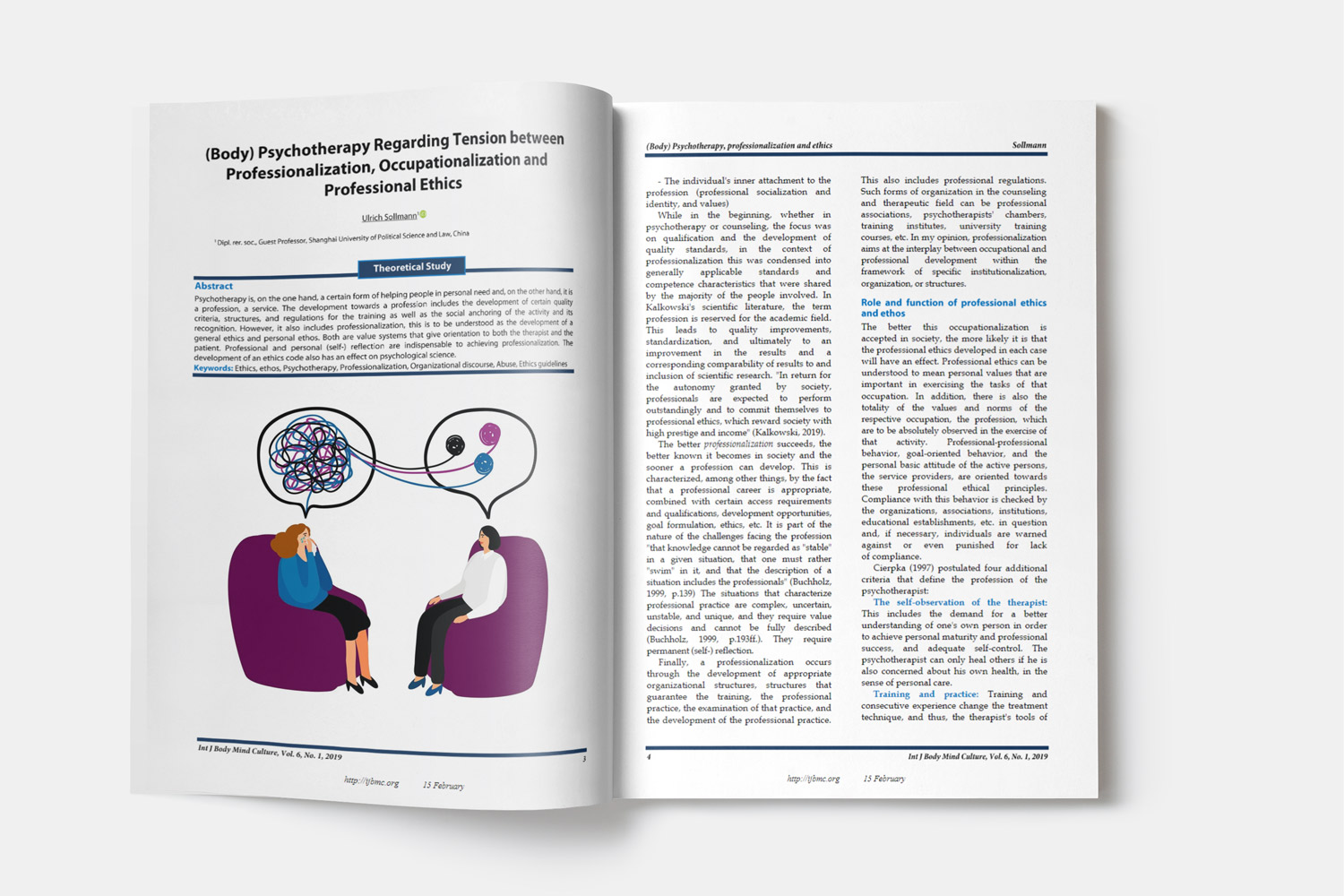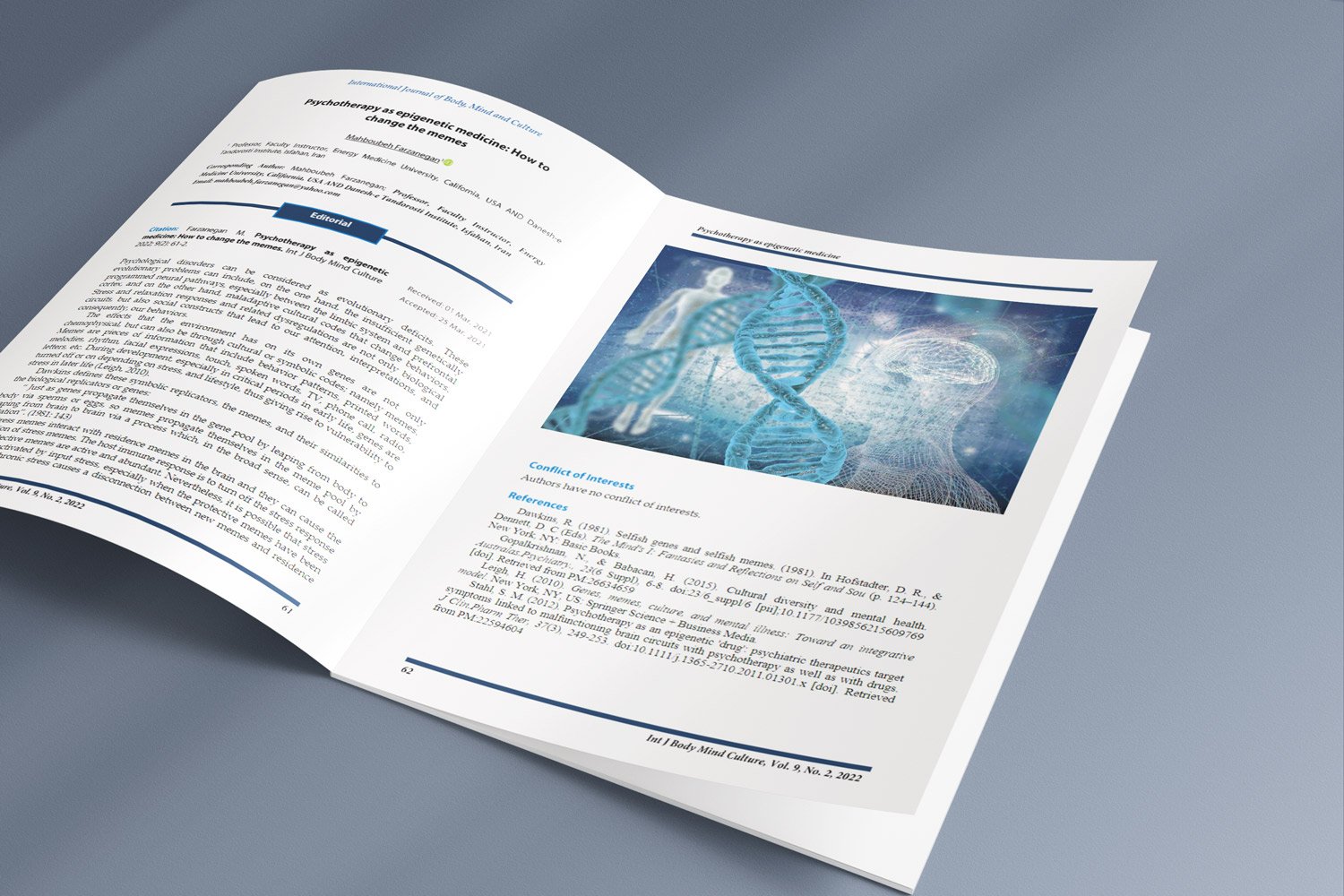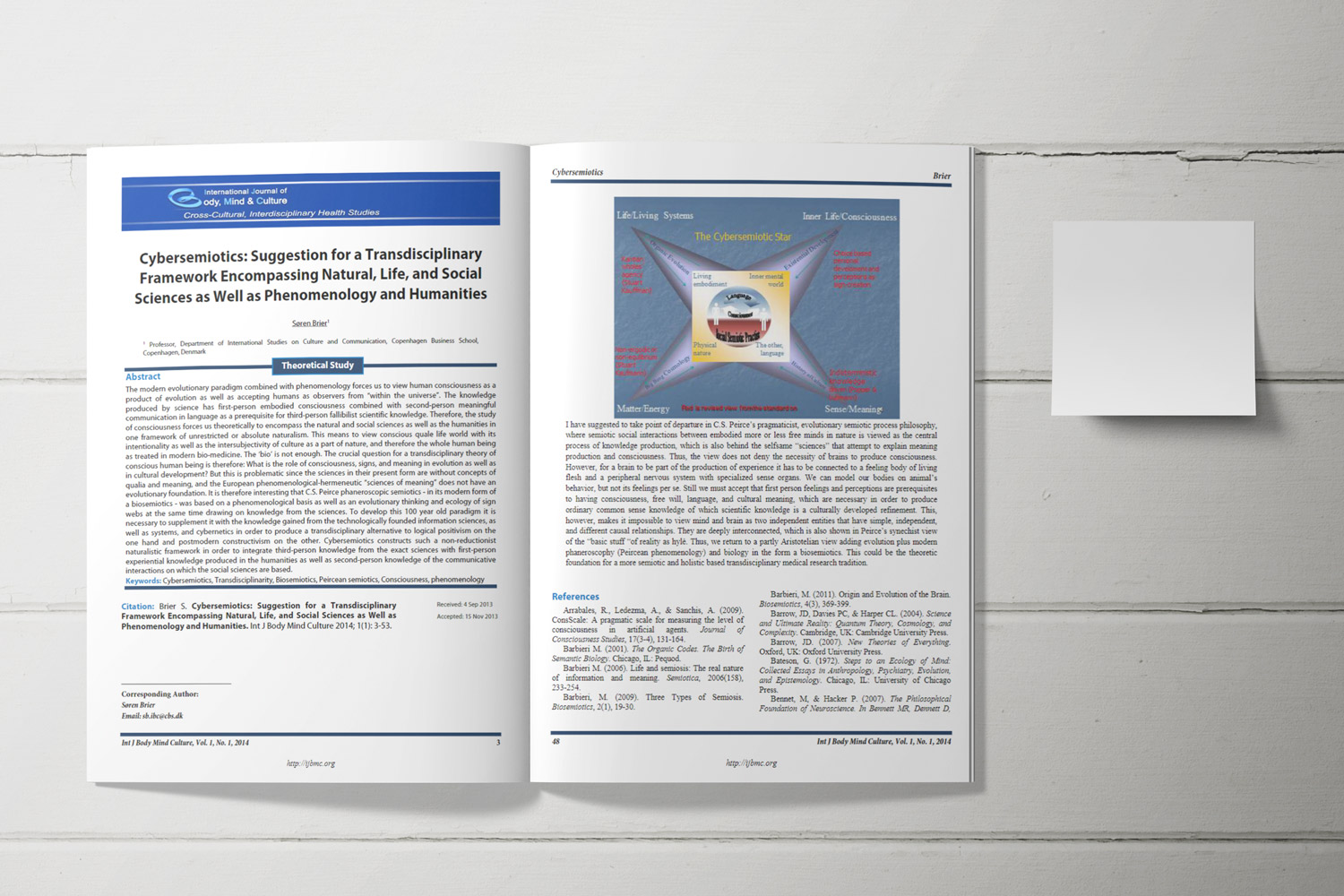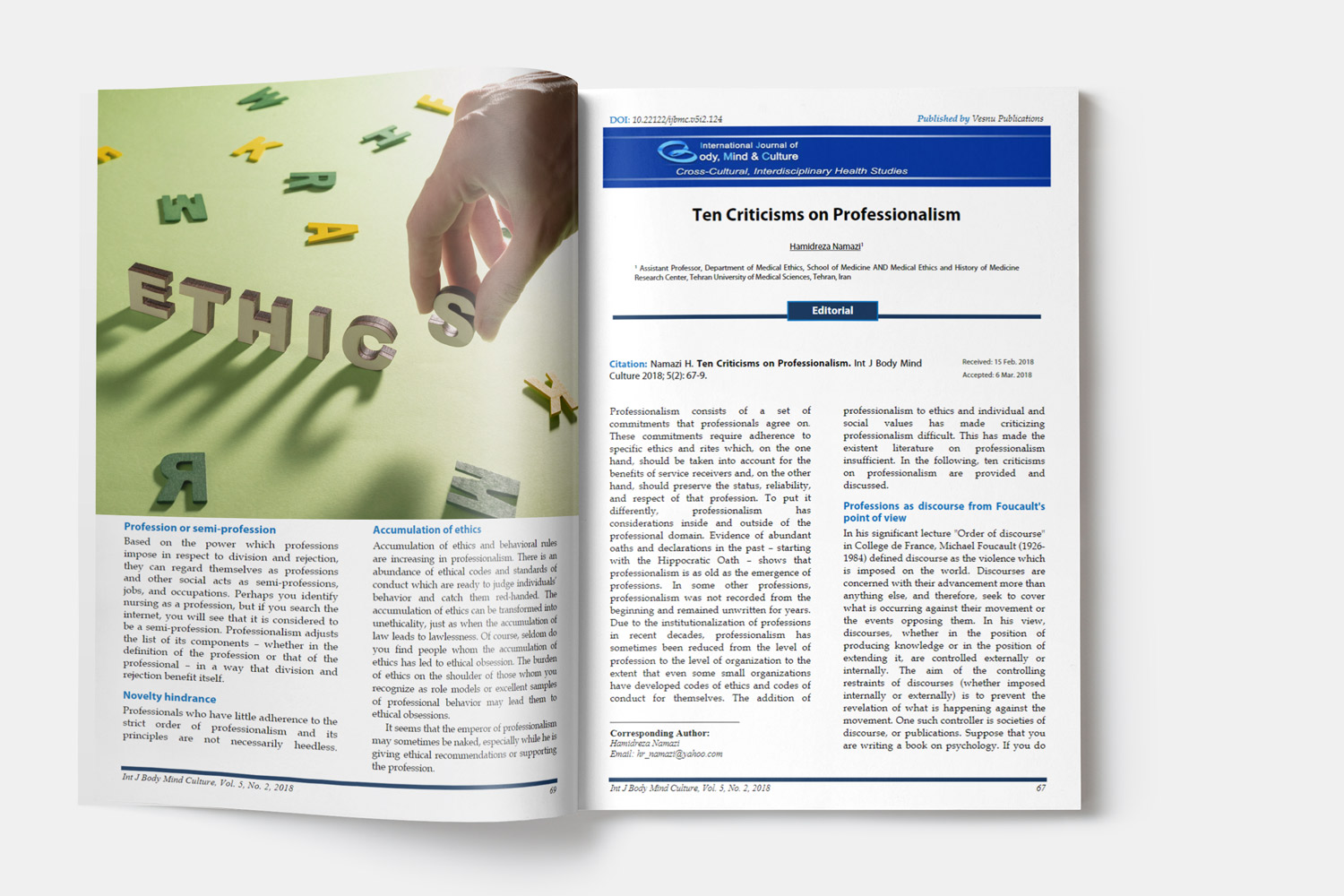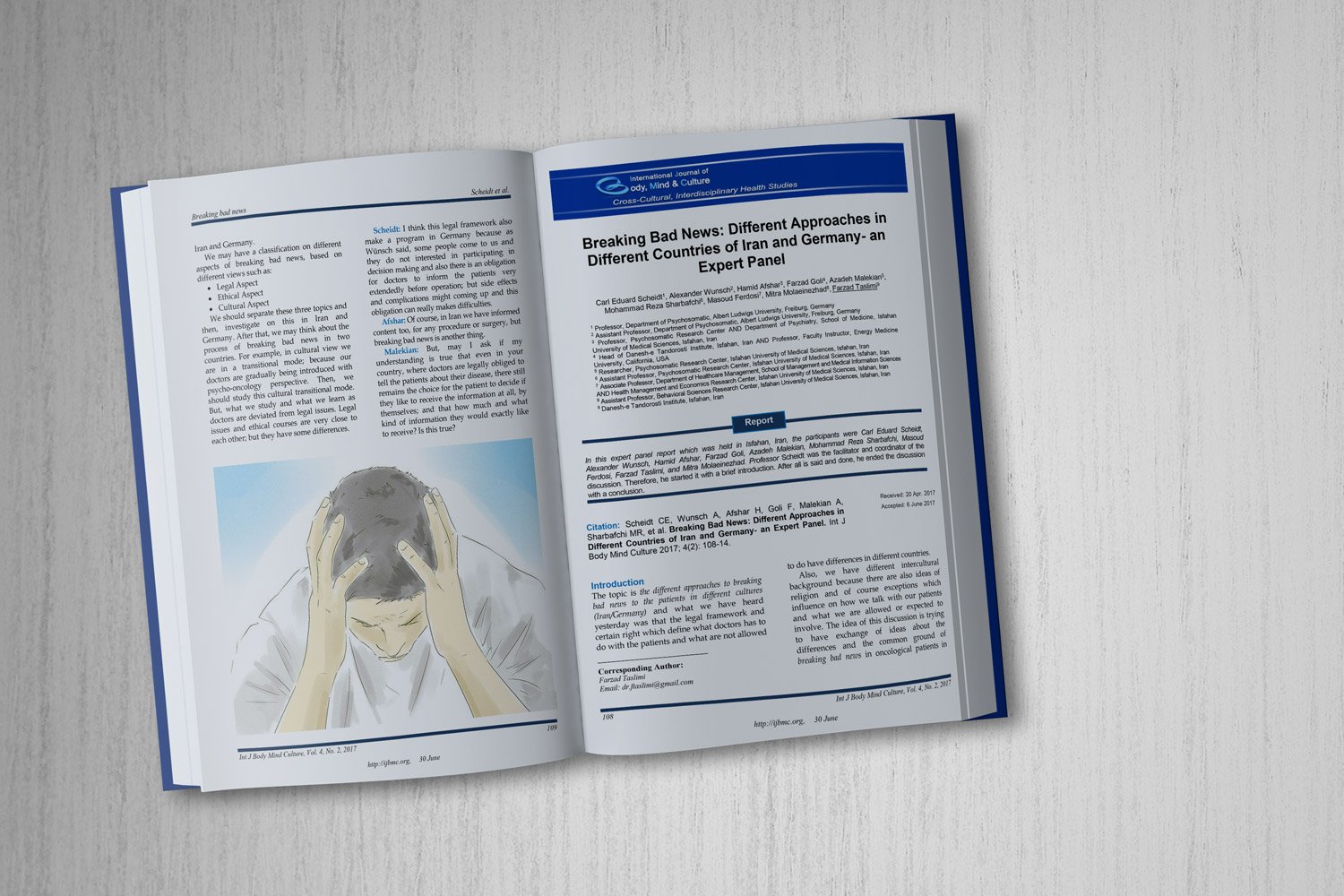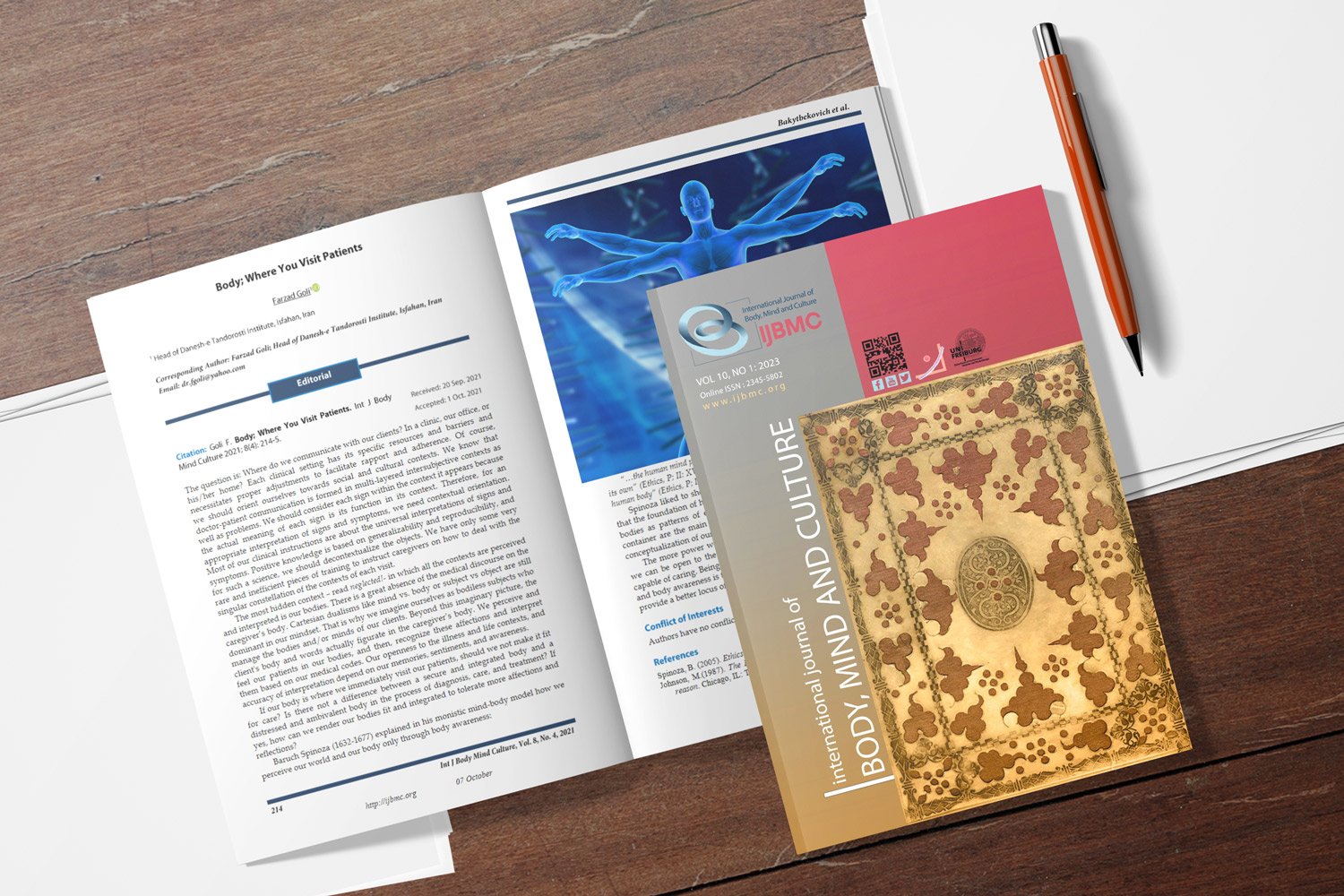Psychometric Evaluation of the Arabic Version of the Wong and Law Emotional Intelligence Scale (WLEIS) in Medical Sciences Students
Downloads
Objective: Emotional Intelligence (EI) is recognized as a key factor in modulating psychological states, enhancing therapeutic interactions, and managing stress. It also plays a crucial role in augmenting students' intellectual abilities. The primary objective of this study was to examine the construct validity, internal consistency, and factorial structure of the Arabic version of the Wong and Law Emotional Intelligence Scale (WLEIS).
Methods and Materials: The psychometric properties of the Arabic WLEIS were examined in a cross-sectional study. Internal consistency was assessed using Cronbach's alpha, while validity was evaluated through face, content, and construct validity assessments. A convenience sample of 630 medical sciences students participated in the study.
Findings: The Cronbach’s alpha for the WLEIS was 0.87. All factors with four items each had eigenvalues greater than 1. The factor correlations ranged from 0.58 to 0.75 (p = 0.01), indicating sufficient intercorrelations. The 16 items loaded onto four factors, each consisting of four items. The appropriateness of factor analysis was confirmed using the Kaiser–Meyer–Olkin (KMO = 0.857) test and Bartlett’s test of sphericity (χ² = 4512.837, p < 0.001). Overall, these factors explained 66.435% of the variance.
Conclusion: The psychometric analysis indicates that the Arabic version of WLEIS possesses adequate reliability and validity for assessing emotional intelligence in Arabic-speaking populations.
Downloads
Acosta-Prado, J. C., Zárate-Torres, R. A., & Tafur-Mendoza, A. A. (2022). Psychometric properties of the Wong and Law emotional intelligence scale in a Colombian manager sample. Journal of Intelligence, 10(2), 29. https://doi.org/10.3390/jintelligence10020029
Alvi, T., Nadakuditi, R., Alotaibi, T., Aisha, A., Ahmad, M., & Ahmad, S. (2023). Emotional intelligence and academic performance among medical students-a correlational study. Eur Rev Med Pharmacol Sci, 27(4), 1230-1237.
Aslan, S., & Erkus, A. (2008). Measurement of emotional intelligence: Validity and reliability studies of two scales. World Applied Science Journal, 4(3), 430-438. https://www.idosi.org/wasj/wasj4(3)/15.pdf
Augusto-Landa, J. M., & Montes-Berges, B. (2009). Perceived Emotional Intelligence, Health and Somatic Symptomatology in Nursing Students. Individual Differences Research, 7(3). https://openurl.ebsco.com/EPDB%3Agcd%3A1%3A7229329/detailv2?sid=ebsco%3Aplink%3Ascholar&id=ebsco%3Agcd%3A44921468&crl=c&link_origin=scholar.google.com
BARKHORDARI, M., & ROSTAMBEYGI, P. (2013). Emotional intelligence in nursing students. https://jamp.sums.ac.ir/article_40875_646470726a84c6f6451ee59b13d12941.pdf
Basilevsky, A. T. (2009). Statistical factor analysis and related methods: theory and applications. John Wiley & Sons.
Beaton, D. E., Bombardier, C., Guillemin, F., & Ferraz, M. B. (2000). Guidelines for the process of cross-cultural adaptation of self-report measures. Spine, 25(24), 3186-3191. https://doi.org/10.1097/00007632-200012150-00014
Carranza-Esteban, R. F., Mamani-Benito, O. J., Castillo-Blanco, R., Corrales-Reyes, I. E., Villegas-Maestre, J. D., & Pedraza-Rodríguez, E. M. (2024). Validity and Reliability of the Wong-Law Emotional Intelligence Scale (WLEIS) in Cuban Dental Students in COVID-19 Times. Revista Colombiana de Psiquiatria, 53(3), 246-252. https://doi.org/10.1016/j.rcp.2022.10.001
Carvalho, V. S., Guerrero, E., Chambel, M. J., & González-Rico, P. (2016). Psychometric properties of WLEIS as a measure of emotional intelligence in the Portuguese and Spanish medical students. Evaluation and Program Planning, 58, 152-159. https://doi.org/10.1016/j.evalprogplan.2016.06.006
Comrey, A. L., & Lee, H. B. (2013). A first course in factor analysis. Psychology press. https://doi.org/10.4324/9781315827506
Durosini, I., Triberti, S., Ongaro, G., & Pravettoni, G. (2021). Validation of the Italian version of the brief emotional intelligence scale (BEIS-10). Psychological Reports, 124(5), 2356-2376. https://doi.org/10.1177/0033294120959776
Farnia, V., Mousavi, S. A., Parsamehr, A., Alikhani, M., Golshani, S., Nooripour, R., & Moradi, M. (2017). The mediating role of emotional intelligence in coping strategies and test anxiety in students of Kermanshah University of Medical Sciences, Kermanshah, Iran in 2013-2014. https://doi.org/10.5812/ijpbs.9254
Foster, K., Fethney, J., McKenzie, H., Fisher, M., Harkness, E., & Kozlowski, D. (2017). Emotional intelligence increases over time: A longitudinal study of Australian pre-registration nursing students. Nurse education today, 55, 65-70. https://doi.org/10.1016/j.nedt.2017.05.008
Fukuda, E., Saklofske, D. H., Tamaoka, K., & Lim, H. (2012). Factor structure of the Korean version of Wong and Law’s Emotional Intelligence Scale. Assessment, 19(1), 3-7. https://doi.org/10.1177/1073191111428863
Ghoudani, K. E., Pulido-Martos, M., & Lopez-Zafra, E. (2018). Measuring emotional intelligence in Moroccan Arabic: the Wong and Law Emotional Intelligence Scale. Revista de Psicologia Social, 33(1). https://doi.org/10.1080/02134748.2017.1385243
Husain, W., Inam, A., Wasif, S., & Zaman, S. (2022). Emotional intelligence: Emotional expression and emotional regulation for intrinsic and extrinsic emotional satisfaction. Psychology Research and Behavior Management, 3901-3913. https://doi.org/10.2147/PRBM.S396469
Iliceto, P., & Fino, E. (2017). The Italian version of the Wong-Law Emotional Intelligence Scale (WLEIS-I): A second-order factor analysis. Personality and Individual Differences, 116, 274-280. https://doi.org/10.1016/j.paid.2017.05.006
Karim, J. (2010). An item response theory analysis of Wong and Law emotional intelligence scale. Procedia-Social and Behavioral Sciences, 2(2), 4038-4047. https://doi.org/10.1016/j.sbspro.2010.03.637
Kong, F. (2017). The validity of the Wong and Law Emotional Intelligence Scale in a Chinese sample: Tests of measurement invariance and latent mean differences across gender and age. Personality and Individual Differences, 116, 29-31. https://doi.org/10.1016/j.paid.2017.04.025
Lu, Y. L., & Shorey, S. (2021). Nurses' perceptions of emotional intelligence in the clinical setting: A qualitative systematic review. Journal of Nursing Management, 29(8), 2453-2460. https://doi.org/10.1111/jonm.13406
Myers, N. D., Ahn, S., & Jin, Y. (2011). Sample size and power estimates for a confirmatory factor analytic model in exercise and sport: A Monte Carlo approach. Research quarterly for exercise and sport, 82(3), 412-423. https://doi.org/10.5641/027013611X13275191443621
https://doi.org/10.1080/02701367.2011.10599773
Polit, D., & Beck, C. (2020). Essentials of nursing research: Appraising evidence for nursing practice. Lippincott Williams & Wilkins. https://www.semanticscholar.org/paper/EXAMINING-THE-PSYCHOMETRIC-PROPERTIES-OF-THE-WONG-Sulaiman-Noor/2ec628f406fa9466fcc372198e648f12356e9248
Shipley, B. (2016). Cause and correlation in biology: A user's guide to path analysis, structural equations and causal inference with R. Cambridge university press. https://doi.org/10.1017/CBO9781139979573
Sochos, A., Prasad Regmi, M., & Basnet, D. M. (2021). Investigating the validity of the Wong and Law Emotional Intelligence Scale in a Nepali student sample. Asian Journal of Social Psychology, 24(4), 573-580. https://doi.org/10.1111/ajsp.12446
Taber, K. S. (2018). The use of Cronbach’s alpha when developing and reporting research instruments in science education. Research in science education, 48(6), 1273-1296. https://doi.org/10.1007/s11165-016-9602-2
Turan, N., Özdemir Aydın, G., Özsaban, A., Kaya, H., Aksel, G., Yılmaz, A., Hasmaden, E., & Akkuş, Y. (2019). Intuition and emotional intelligence: A study in nursing students. Cogent Psychology, 6(1), 1633077. https://doi.org/10.1080/23311908.2019.1633077
Wan Sulaiman, W. S., & Noor, M. Z. M. (2015). EXAMINING THE PSYCHOMETRIC PROPERTIES OF THE WONG AND LAW EMOTIONAL INTELLIGENCES SCALE (WLEIS). e-BANGI Journal, 10. https://www.semanticscholar.org/paper/EXAMINING-THE-PSYCHOMETRIC-PROPERTIES-OF-THE-WONG-Sulaiman-Noor/2ec628f406fa9466fcc372198e648f12356e9248
Wang, L., Tao, H., Bowers, B. J., Brown, R., & Zhang, Y. (2018). When nurse emotional intelligence matters: How transformational leadership influences intent to stay. Journal of Nursing Management, 26(4), 358-365. https://doi.org/10.1111/jonm.12509
Wong, C.-S., & Law, K. S. (2017). The effects of leader and follower emotional intelligence on performance and attitude: An exploratory study. In Leadership perspectives (pp. 97-128). Routledge. https://doi.org/10.4324/9781315250601-10
Zheng, Y.-x., Jiao, J.-R., & Hao, W.-N. (2022). Prevalence of stress among nursing students: A protocol for systematic review and meta-analysis. Medicine, 101(31), e29293. https://doi.org/10.1097/MD.0000000000029293
Zhu, Y., Liu, C., Guo, B., Zhao, L., & Lou, F. (2015). The impact of emotional intelligence on work engagement of registered nurses: The mediating role of organisational justice. Journal of clinical nursing, 24(15-16), 2115-2124. https://doi.org/10.1111/jocn.12807
Copyright (c) 2025 International Journal of Body, Mind and Culture

This work is licensed under a Creative Commons Attribution-NonCommercial 4.0 International License.






